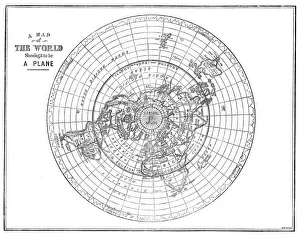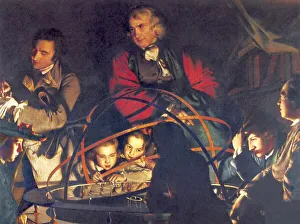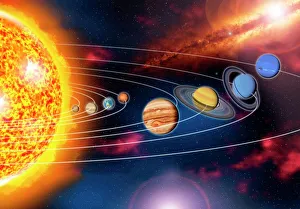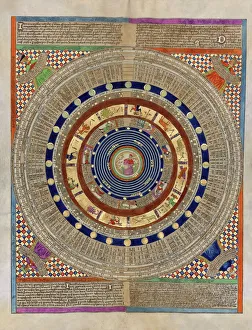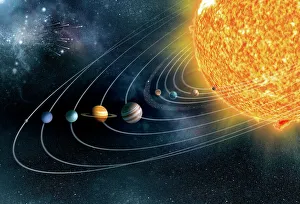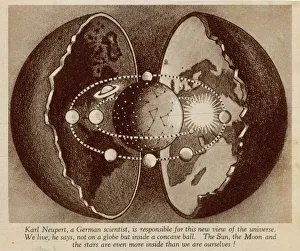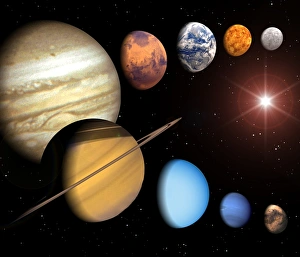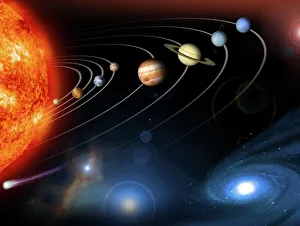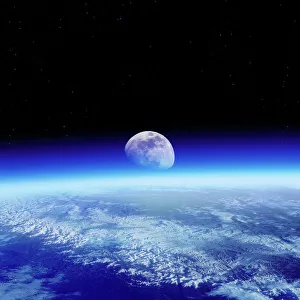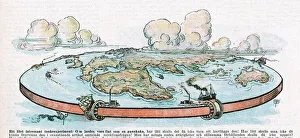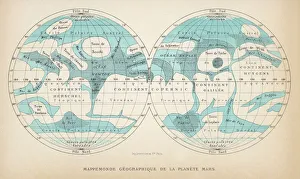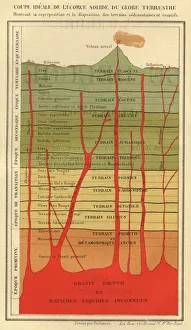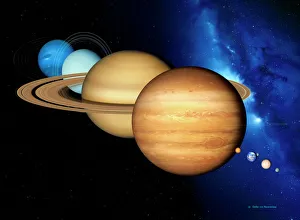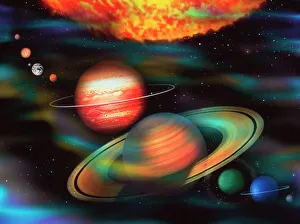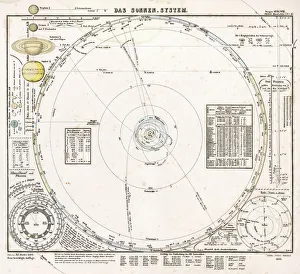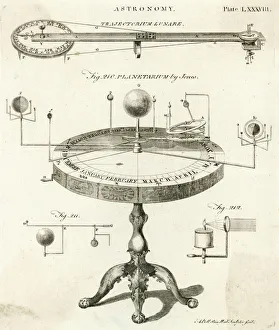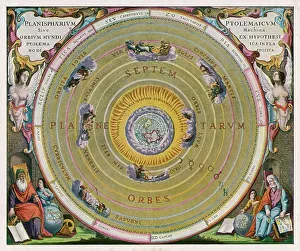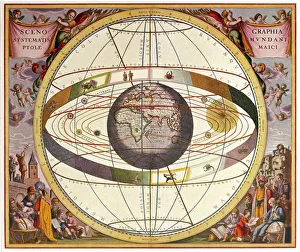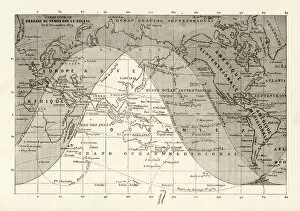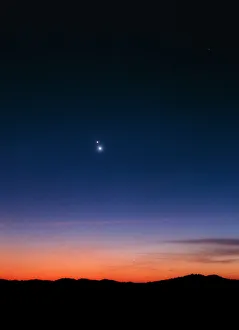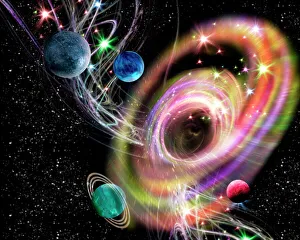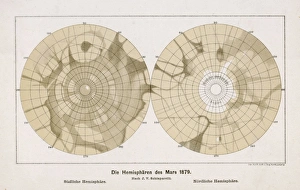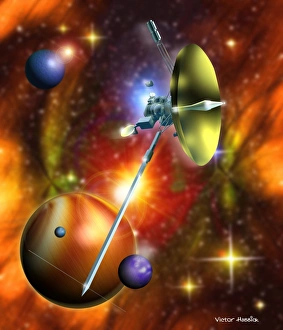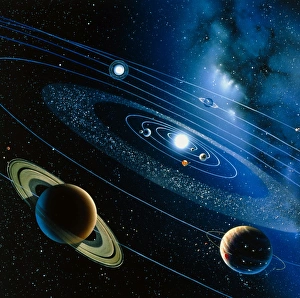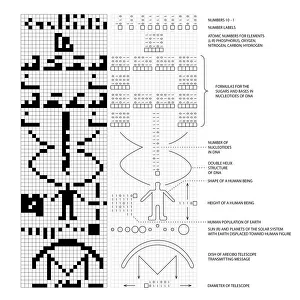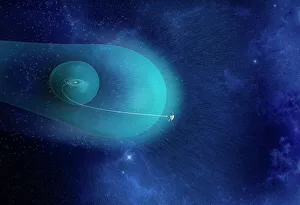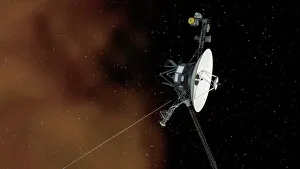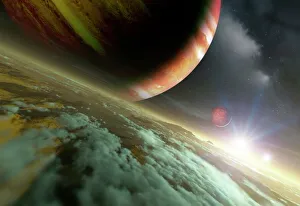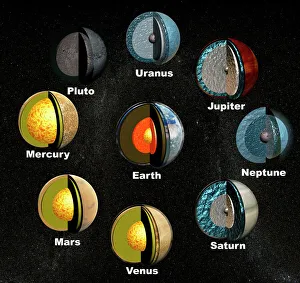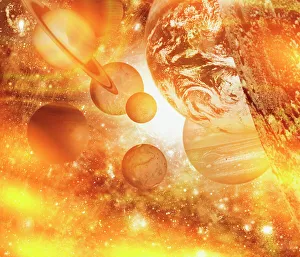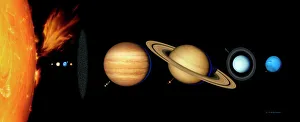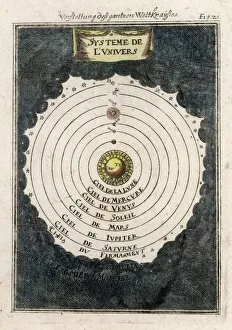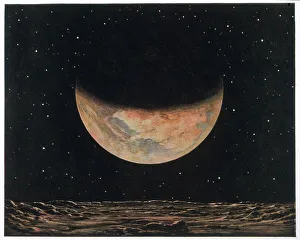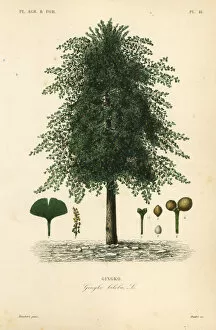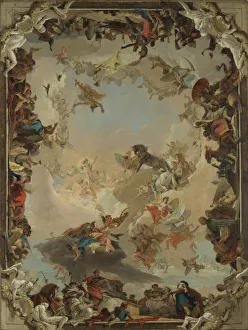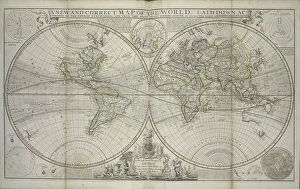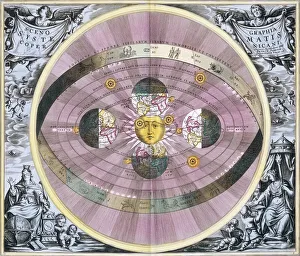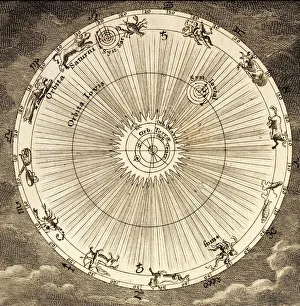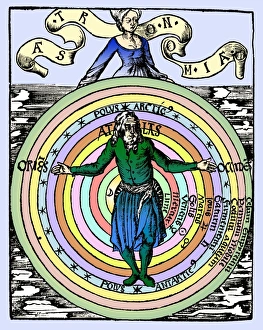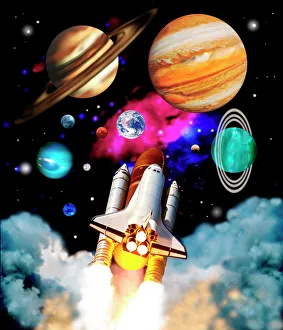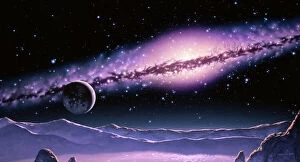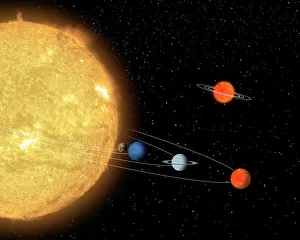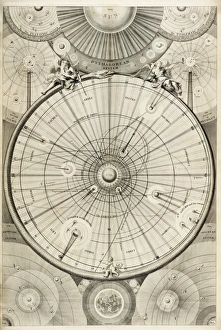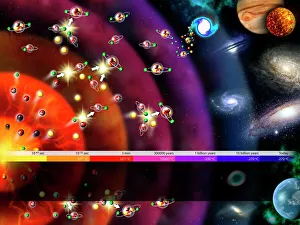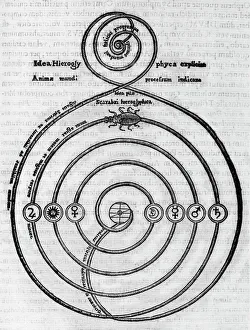Planets Collection
Exploring the Vast Cosmos: Unveiling the Mysteries Gazing at a Flat Earth Map: A thought-provoking depiction of our world as a plane, challenging conventional beliefs
All Professionally Made to Order for Quick Shipping
Exploring the Vast Cosmos: Unveiling the Mysteries Gazing at a Flat Earth Map: A thought-provoking depiction of our world as a plane, challenging conventional beliefs. The Orrery by Joseph Wright: Witnessing the intricate beauty of an 18th-century mechanical model showcasing planets in motion. Catalan Atlas, 14th Century: A captivating medieval map revealing early perceptions and knowledge about our celestial neighbors. Artistic Solar System Delight: Immerse yourself in mesmerizing artwork that brings to life the enchanting harmony of our planetary system. Marvels of Our Solar System: Behold the breathtaking diversity and splendor of each planet orbiting around our radiant Sun. Journey into Hollow Earth? Exploring intriguing theories surrounding what lies beneath Earth's surface and its potential mysteries. Celestial Symphony: Discovering the delicate dance between planets within our solar system, orchestrating cosmic harmony for eons. Moon Rising over Earth's Horizon: Capturing a magical moment where our lunar companion gracefully ascends above Earth's curvature. Challenging Perceptions with Flat Planet Depictions: Diving into alternative perspectives on how some envision Earth's shape throughout history. Enigmatic Mars Revealed through French Cartography: Unveiling an ancient map that unveils humanity's fascination with exploring distant red worlds. Beneath Our Feet - The Secrets Within Earth's Crust: Peering beneath the surface to uncover geological wonders shaping our dynamic planet. Embark on an awe-inspiring journey through time and space as we delve into these captivating glimpses into humanity’s understanding – from ancient maps depicting flat earth theories to modern interpretations unveiling stunning celestial landscapes within our solar system or even questioning what lies hidden beneath us. Explore diverse artistic representations, scientific discoveries, and philosophical ponderings that continue to fuel our curiosity about the vast cosmos.


